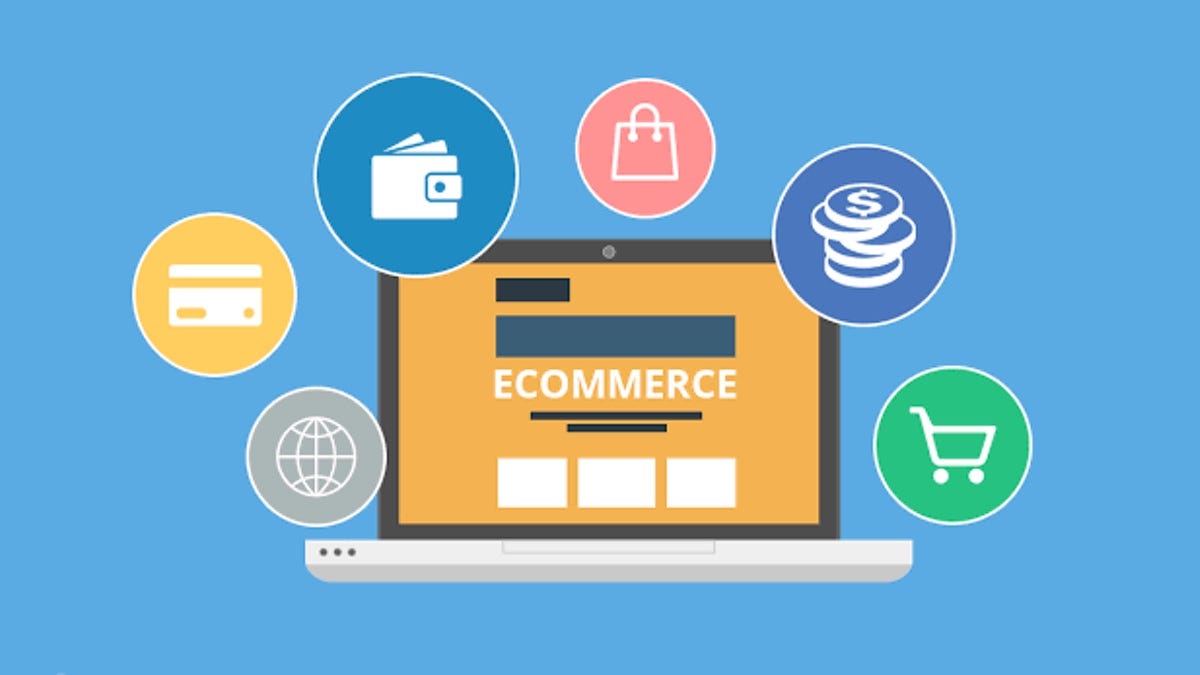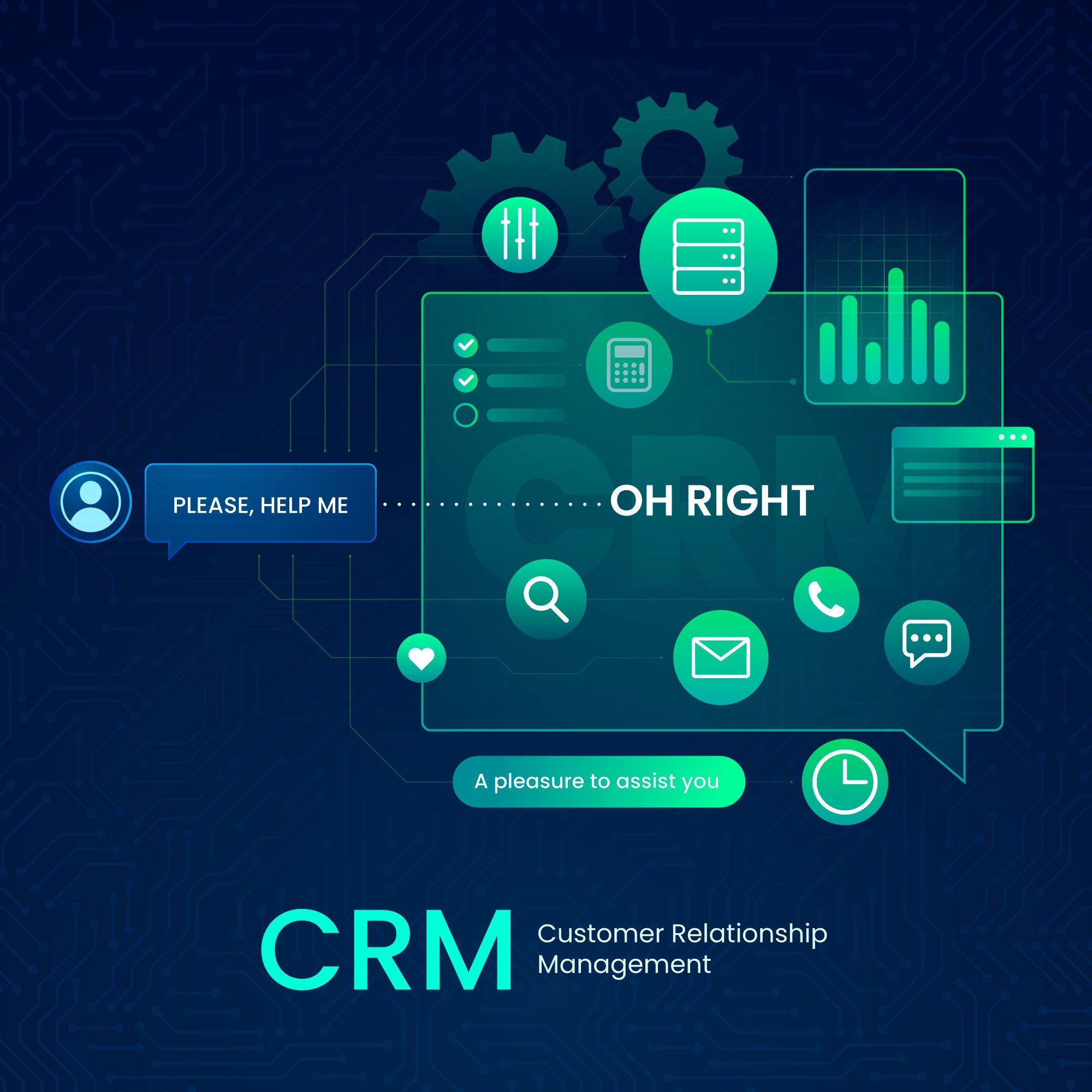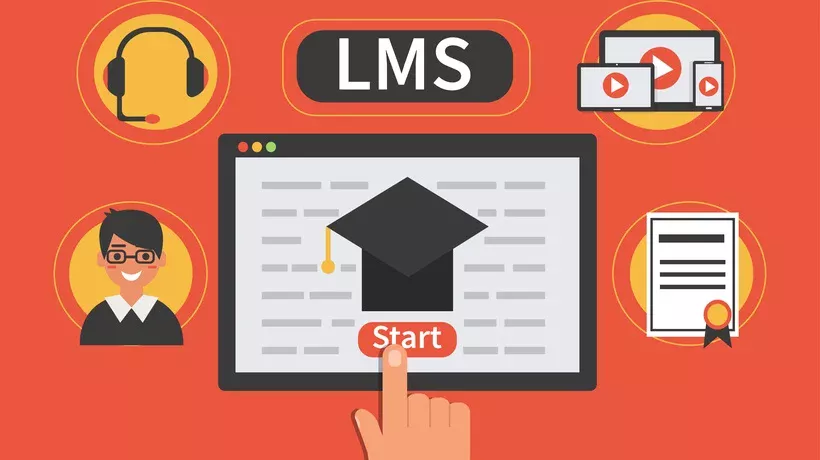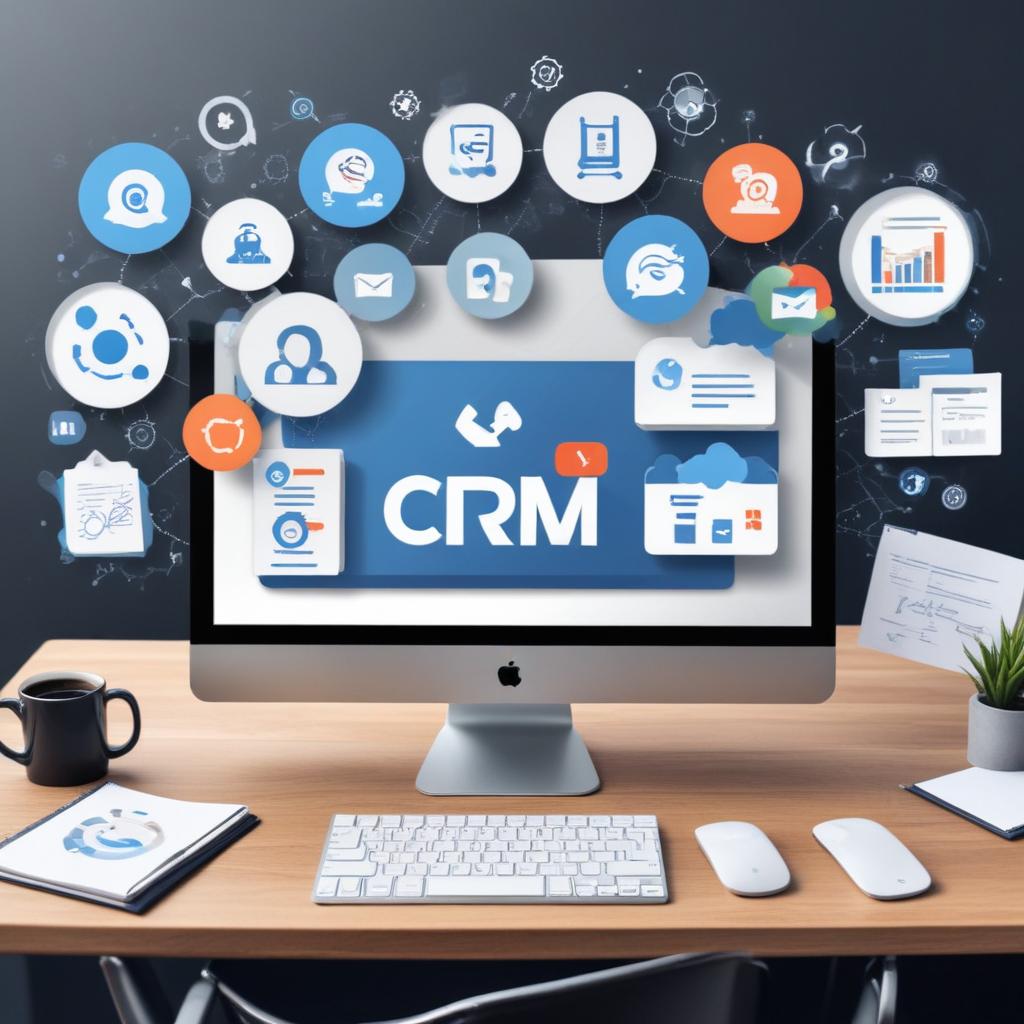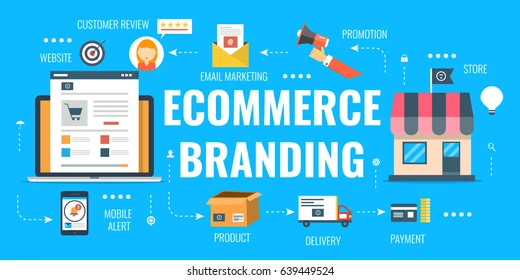
A learning management system (LMS) is a software application used for the administration, documentation, tracking, reporting, automation, and delivery of educational courses, training programs, and learning and development programs. The concept originated from e-learning and has become an essential tool for both educational institutions and businesses.
Key Features of a Learning Management System
A good LMS typically includes a range of features to support both learners and administrators:
- Course Management Tools: These allow for the creation, organization, and delivery of educational content. This includes features like course templates, progress tracking, and the ability to assign courses.
- User-Friendly Interface: An intuitive and easy-to-navigate design is crucial for high adoption rates and a seamless learning experience.
- Mobile Compatibility: With many people learning on the go, a mobile-friendly platform ensures that content is accessible from any device.
- Assessment Tools: An LMS offers a variety of tools for evaluating learner understanding, such as quizzes, assignments, and surveys.
- Reporting and Analytics: This feature provides valuable data on learner progress, course completion rates, and the overall effectiveness of training programs.
- Gamification: Elements like quizzes, badges, and leaderboards can be used to make learning more engaging and to motivate learners.
- Social Learning Features: Tools such as discussion forums, peer-to-peer communication, and group projects can foster a collaborative learning environment.
- Integration Capabilities: A robust LMS can integrate with other business tools like HR systems, CRM software, and video conferencing platforms to streamline processes.
- Certification and Compliance Tracking: This is particularly important for businesses that need to monitor mandatory training and ensure employees are compliant with regulatory standards.
- Customization and Branding: Many systems allow you to tailor the platform’s appearance with your company’s logo, colors, and fonts to create a cohesive learning experience.
Benefits of Using an LMS
Implementing an LMS can provide numerous benefits for organizations and educational institutions:
- Cost and Time Savings: An LMS can significantly reduce costs associated with traditional training methods, such as travel, physical classroom rentals, and printed materials. It also automates many administrative tasks, saving time.
- Centralized Content: All learning materials, from videos and documents to quizzes, are stored in a single, organized location, making them easy to access and manage.
- Personalized Learning: LMS platforms can create personalized learning paths based on a user’s role, skills, or prior performance, making the training more relevant and effective.
- Scalability: An LMS allows organizations to easily expand their training programs to accommodate a growing number of learners without a significant increase in administrative burden.
- Data-Driven Insights: The reporting and analytics features provide a clear picture of what’s working and what’s not, allowing for continuous improvement of training materials and strategies.
- Improved Communication and Collaboration: Built-in communication tools like messaging and forums facilitate interaction between learners and instructors.
A learning management system (LMS) is a software application used for the administration, documentation, tracking, reporting, automation, and delivery of educational courses, training programs, and learning and development programs. The concept originated from e-learning and has become an essential tool for both educational institutions and businesses.
Key Features of a Learning Management System
A good LMS typically includes a range of features to support both learners and administrators:
- Course Management Tools: These allow for the creation, organization, and delivery of educational content. This includes features like course templates, progress tracking, and the ability to assign courses.
- User-Friendly Interface: An intuitive and easy-to-navigate design is crucial for high adoption rates and a seamless learning experience.
- Mobile Compatibility: With many people learning on the go, a mobile-friendly platform ensures that content is accessible from any device.
- Assessment Tools: An LMS offers a variety of tools for evaluating learner understanding, such as quizzes, assignments, and surveys.
- Reporting and Analytics: This feature provides valuable data on learner progress, course completion rates, and the overall effectiveness of training programs.
- Gamification: Elements like quizzes, badges, and leaderboards can be used to make learning more engaging and to motivate learners.
- Social Learning Features: Tools such as discussion forums, peer-to-peer communication, and group projects can foster a collaborative learning environment.
- Integration Capabilities: A robust LMS can integrate with other business tools like HR systems, CRM software, and video conferencing platforms to streamline processes.
- Certification and Compliance Tracking: This is particularly important for businesses that need to monitor mandatory training and ensure employees are compliant with regulatory standards.
- Customization and Branding: Many systems allow you to tailor the platform’s appearance with your company’s logo, colors, and fonts to create a cohesive learning experience.
Benefits of Using an LMS
Implementing an LMS can provide numerous benefits for organizations and educational institutions:
- Cost and Time Savings: An LMS can significantly reduce costs associated with traditional training methods, such as travel, physical classroom rentals, and printed materials. It also automates many administrative tasks, saving time.
- Centralized Content: All learning materials, from videos and documents to quizzes, are stored in a single, organized location, making them easy to access and manage.
- Personalized Learning: LMS platforms can create personalized learning paths based on a user’s role, skills, or prior performance, making the training more relevant and effective.
- Scalability: An LMS allows organizations to easily expand their training programs to accommodate a growing number of learners without a significant increase in administrative burden.
- Data-Driven Insights: The reporting and analytics features provide a clear picture of what’s working and what’s not, allowing for continuous improvement of training materials and strategies.
- Improved Communication and Collaboration: Built-in communication tools like messaging and forums facilitate interaction between learners and instructors.

